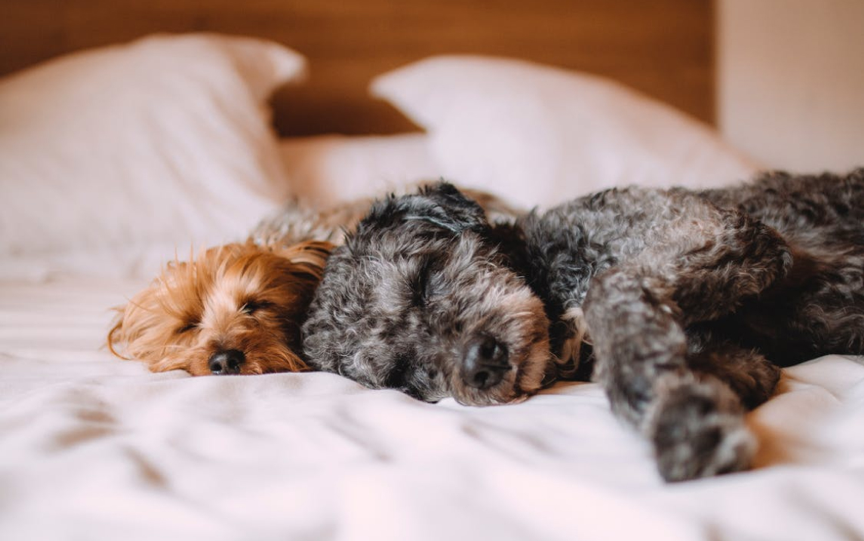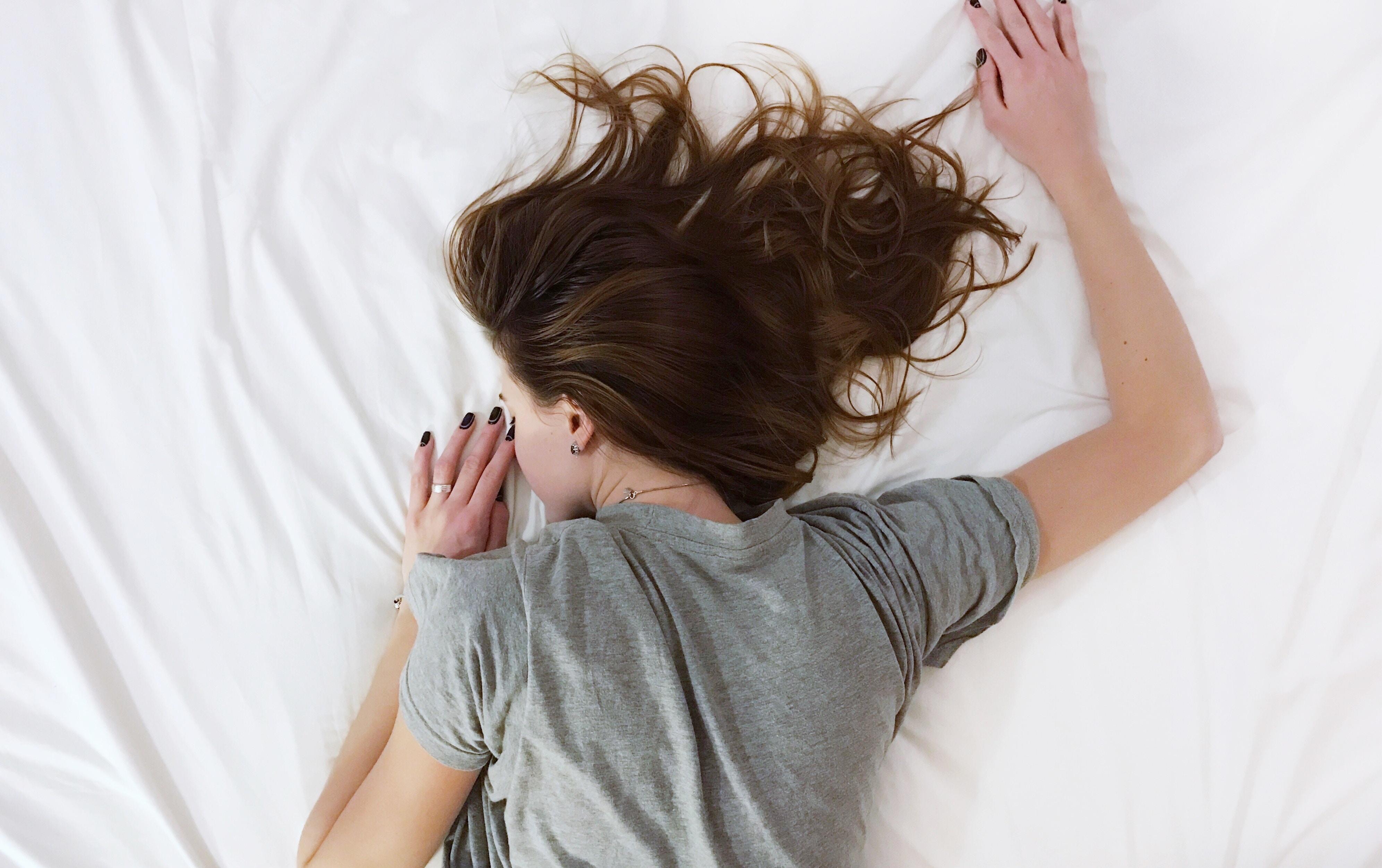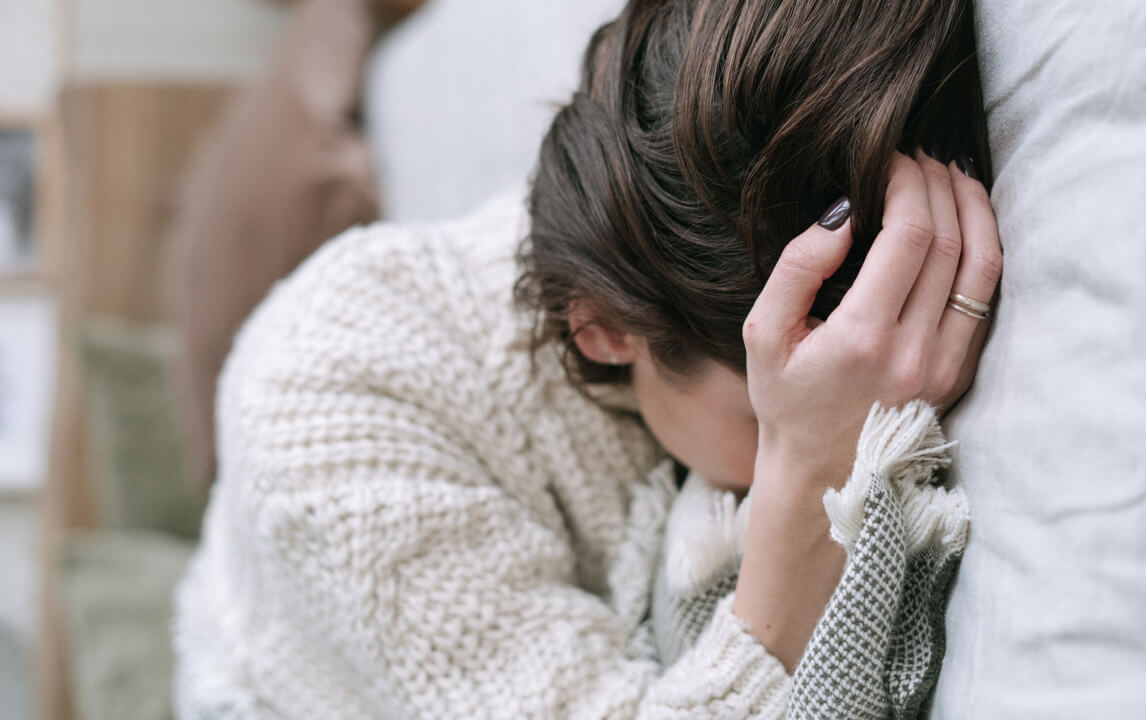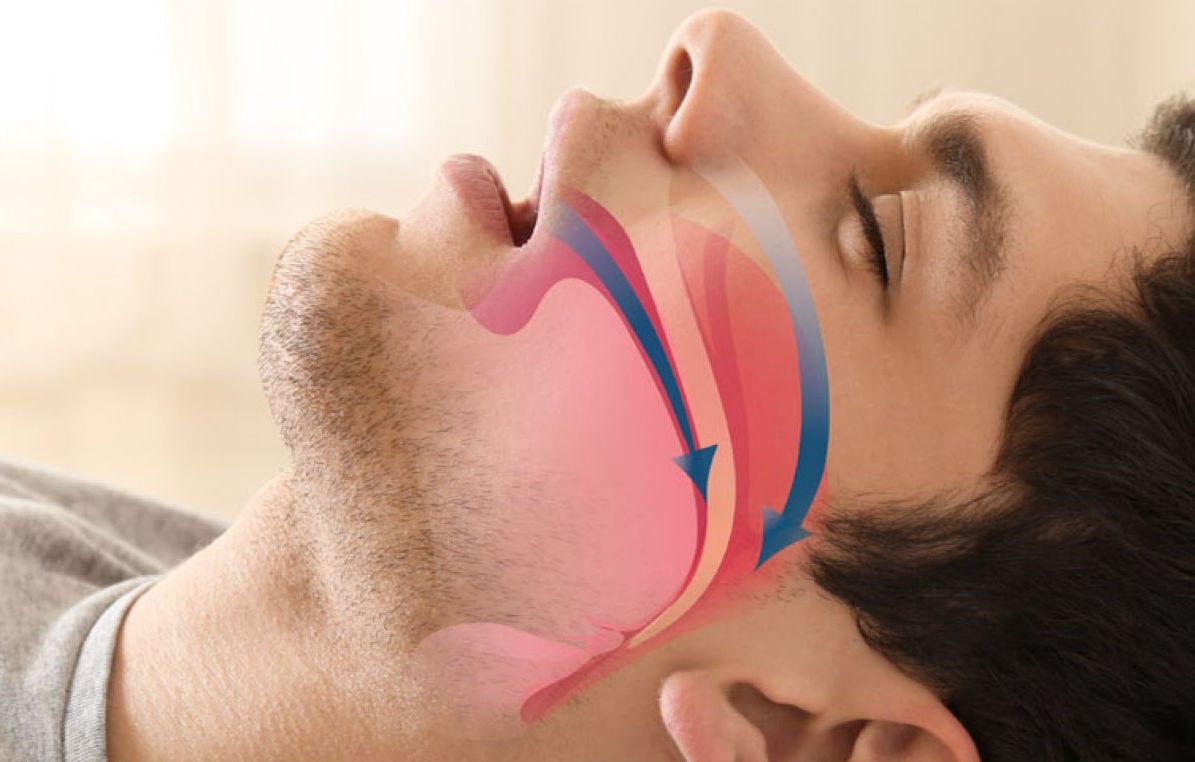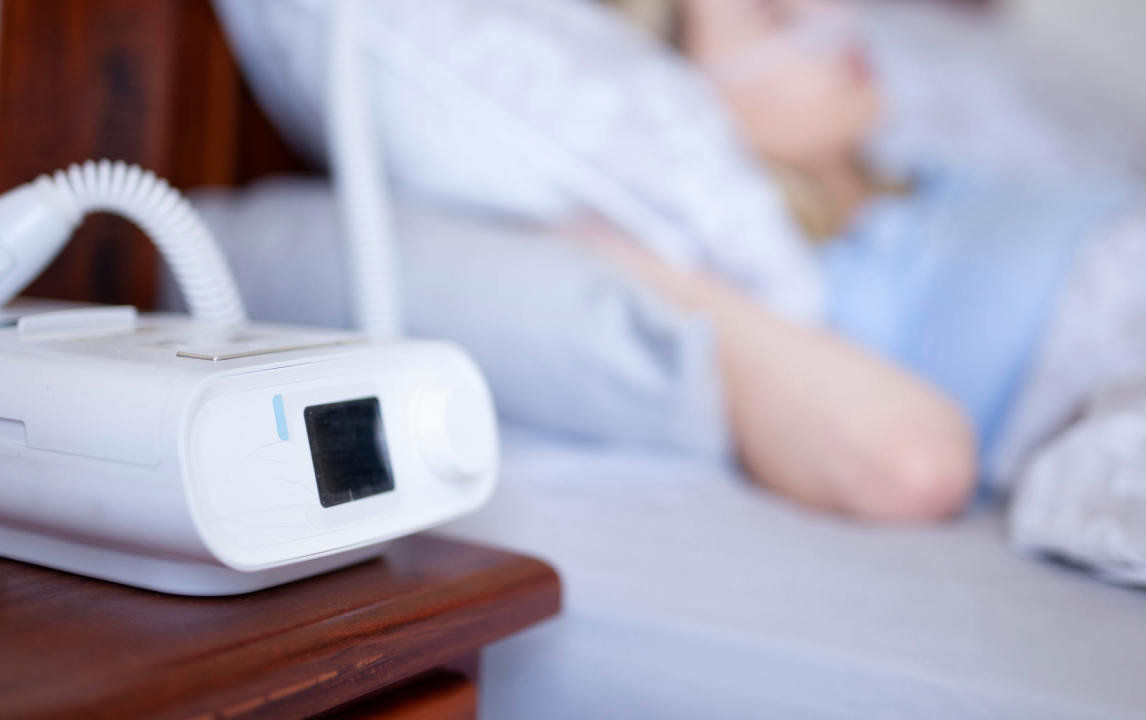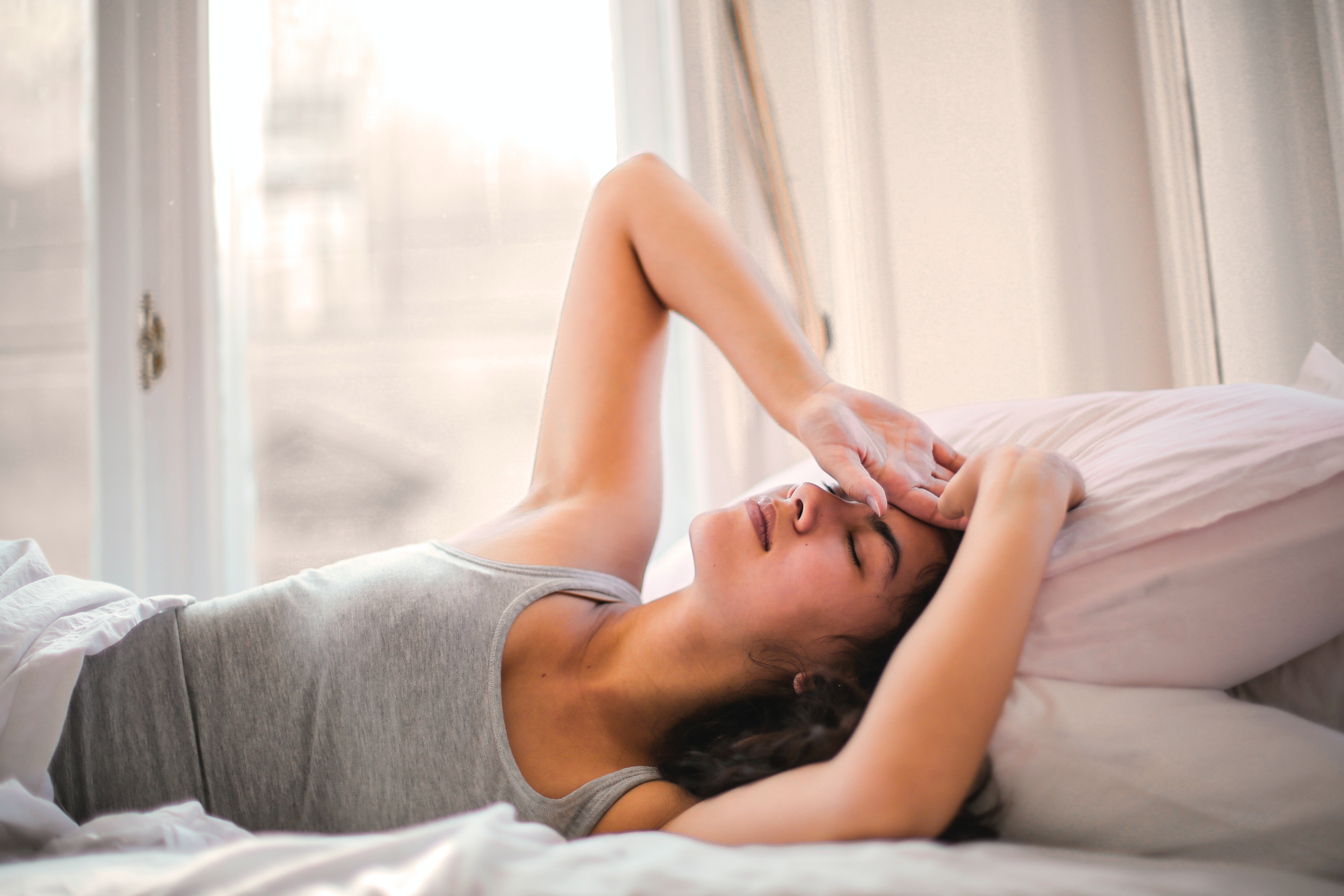*As an Amazon Associate I earn from qualifying purchases. This post contains affiliate links. If you want to buy sth related to health, lifestyle, daily necessities, you can get products at:https://amzn.to/4b4NAiT
As we know, sleep apnea is one of the major causes of insomnia which is when breathing stops and starts during sleep. A long-term lack of sleep can lead to various healthy issues like obesity, anxiety and even heart attack.
A CPAP machine is a good way to treat people who have apnea. It can provide air at a pressure just high enough to prevent the collapse of our airway. It can be very costly though, so for those of us whose condition is not so serious that it requires a CPAP but serious enough to feel uncomfortable at night, you can try some home remedies as follows:

Treatment for Mild to Medium Sleep Apnea Patients
For milder cases of sleep apnea, your doctor may recommend mainly lifestyle changes, such as losing weight or quitting smoking. If you have nasal allergies, your doctor will recommend treatment for your allergies.
1. Reduce weight
Scientists have found a direct link between sleep apnea and obesity. Excessive fat in the upper respiratory tract limits airflow and prevents the muscles there from working properly. The researchers point out that weight loss is a good tool for the treatment of obstructive sleep apnea syndrome through exercise, diet and possible drug treatment.

2. Quit smoking and drinking
Smoking irritates your lungs and provokes swelling in the nose and throat, which reduces the space left for airflow. Drinking alcohol before bedtime may cause or worsen sleep apnea. Excessive drinking can lead to airway stenosis and prolong the onset of sleep apnea.
3. Clear your nose
In some cases, a nasal decongestant can help open up airways and make breathing easier. Clear your blocked nose before you go to bed and apply some breathing strips to your nostrils have been used with limited success, too.
4. Switch positions
Many people who sleep on their backs snore and suffer sleep apnea. Postural therapy tries to get you to sleep in other ways. You can wear something on your waist or back, such as a tennis ball in a sock pinned behind your pajamas to encourage you to sleep on your side. Some devices vibrate and gently remind you to turn over.

5. Try yoga
Yoga stretching is a great way to relax your muscles and mind and yoga breathing exercises help build up, tone and open the upper airway muscles. Daily exercise can stimulate your metabolism and decrease the frequency of apnea.
6. Add more green in your bowl
As we mentioned exercise, eating more vegetable is also a good idea. We know that sleep apnea can relate to diabetes or heart attack. Keeping to a plant-based diet can provide you with long-term saturation which is good for keeping you away from the risks above.

Conclusion
These methods are worth trying if you suffer from a mild case of apnea. However, if your case has gone worse or the cessation of breathing has become longer, you need to go to see your doctor immediately and a CPAP will be the best choice.

